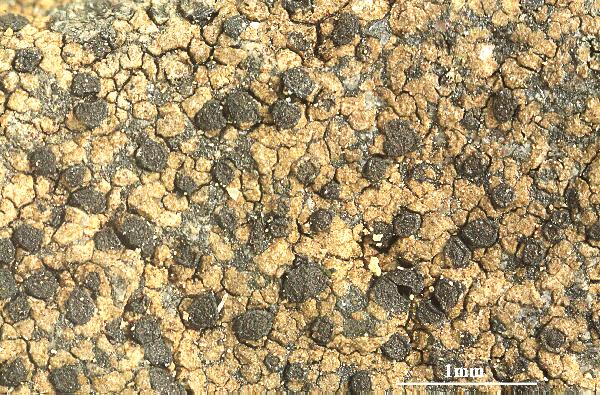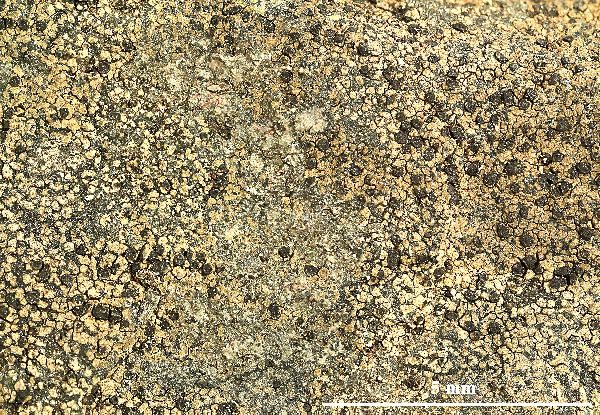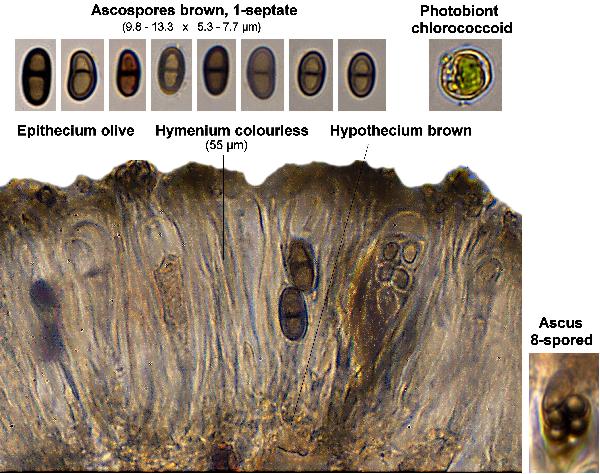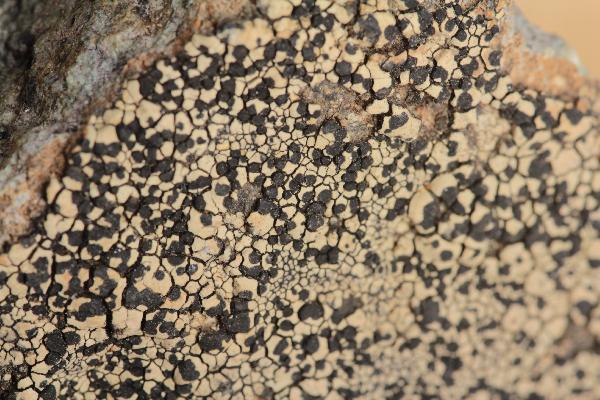Buellia spuria (Schaer.) Anzi
Cat. Lich. Sondr.: 87, 1860. Basionym: Lecidea spuria Schaer. - Lich. Helv. Spicil., Sect. 3: 127, 1828.
Synonyms: Buellia italica A. Massal.; Buellia italica var. insularis Bagl.; Buellia italica var. lactea (A. Massal.) A. Massal.; Buellia italica var. recobarina (A. Massal.) Körb.; Buellia lactea (A. Massal.) Körb.; Buellia lactea var. olivaceofusca Anzi; Buellia liguriensis B. de Lesd.; Buellia olivaceofusca (Anzi) Zahlbr.; Buellia spuria var. recobarina (A. Massal.) Jatta; Catolechia lactea A. Massal.; Catolechia recobarina A. Massal.
Distribution: N - VG (Scheidegger & al. 2001), Ven (Lazzarin 2000b), TAA, Lomb, Piem (Isocrono & al. 2004), VA (Matteucci & al. 2015c), Emil (Fariselli & al. 2020), Lig (Watson 2014). C - Tosc, Abr (Gheza & al. 2021), Sar (Scheidegger 1993, Rizzi & al. 2011). S - Camp (Ricciardi & al. 2000), Pugl, Si (Nimis & al. 1996b).
Description: Thallus crustose, episubstratic, continuous to usually areolate, up to 1 mm thick, white to whitish grey, epruinose, phenocorticate, delimited by a conspicuous black prothallus which is sometimes visible as a black hypothallus between the areoles. Medulla white, I+ blue. Apothecia lecideine (0.2-)0.4-1(-1.5) mm across, immersed, rarely sessile, often irregular in outline, with a flat to slightly convex, black disc (often grey-pruinose by necrotic remains of thallus) and a thin, usually persistent proper margin. Proper exciple poorly differentiated, Aethalea-type, with narrow inner hyphae, prosoplectenchymatous, transient with the deep reddish brown hypothecium, the outer hyphae parallel, moderately swollen and strongly carbonized with brown and aeruginose pigments; epithecium greenish brown to olive, N+ pale violet-red; hymenium colourless, not inspersed with oil droplets, 70-90 µm high; paraphyses simple to sparingly branched, the apical cells swollen, with a brown cap; hypothecium dark brown. Asci 8-spored, clavate to cylindrical-clavate, the apical dome K/I+ dark blue with a pale, conical-pointed apical cushion (axial mass), the wall I-, but the thin outer gel I+ blue, Bacidia-type. Ascospores 1-septate, brown, oblong to ellipsoid, usually not constricted at septum, with obtuse ends, (9-)11-15(-17) x 5-7(-8) µm, Buellia-type, the wall thin throughout, smooth to microrugulate. Pycnidia rare, urceolate to globose, unilocular. Conidia bacilliform, 4.5-6 x 0.5-1.5 µm. Photobiont chlorococcoid. Spot tests: thallus K+ yellow-orange sometimes turning red, C-, KC-, P- or P+ yellow, UV-; medulla usually K+ yellow turning red. Chemistry: atranorin, stictic or norstictic acid, and traces of different accessory substances.Note: a mild-temperate to subtropical, chemically variable species growing on different types of siliceous rocks, often found also on walls. For a detailed description see Giralt & van den Boom (2011).
Growth form: Crustose
Substrata: rocks
Photobiont: green algae other than Trentepohlia
Reproductive strategy: mainly sexual
Commonnes-rarity: (info)
Alpine belt: absent
Subalpine belt: absent
Oromediterranean belt: absent
Montane belt: extremely rare
Submediterranean belt: very rare
Padanian area: absent
Humid submediterranean belt: rare
Humid mediterranean belt: extremely rare
Dry mediterranean belt: extremely rare
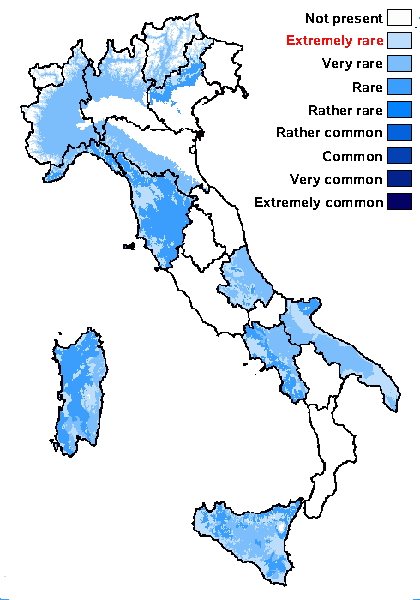
Predictive model
Herbarium samples
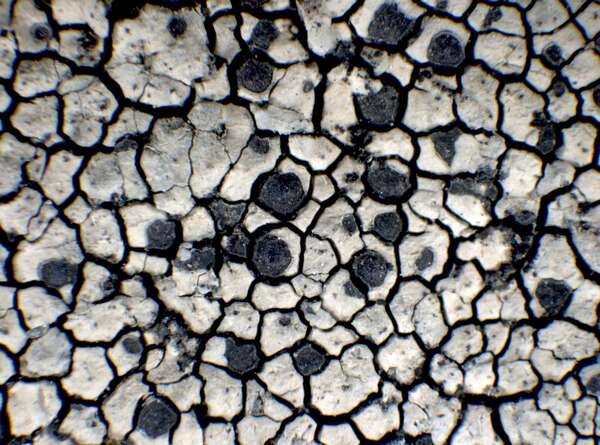

P.L. Nimis; Owner: Department of Life Sciences, University of Trieste
Herbarium: TSB (12862)
2001/11/01
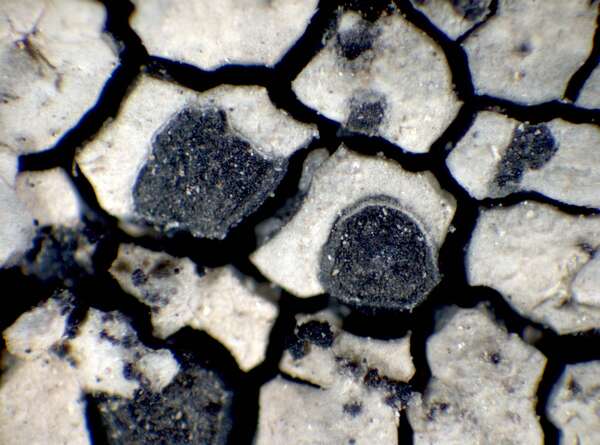

P.L. Nimis; Owner: Department of Life Sciences, University of Trieste
Herbarium: TSB (12862)
2001/11/01
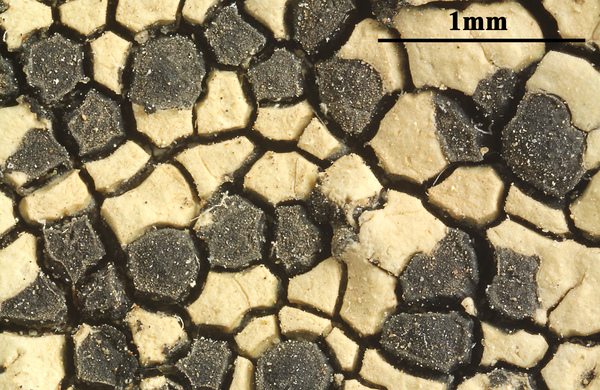

Felix Schumm; Owner: CC BY-SA 4.0
[TSB_12862], Italy, Tuscany, Prov. Livorno, Island of Capraia, 12 m, on tuff. Leg. P.L. Nimis, M. Tretiach & M. Castello, 04.1988, rev. Ch. Scheidegger 1989 as Buellia lactea
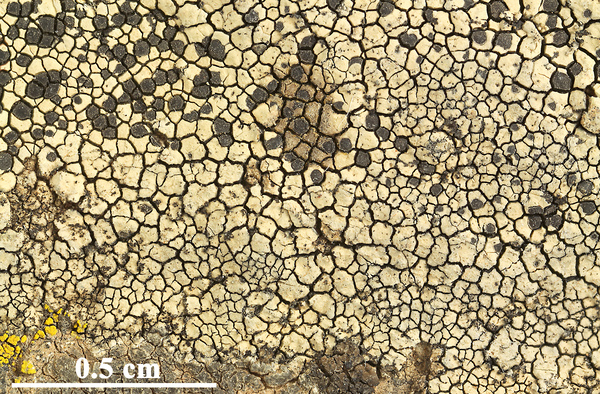

Felix Schumm; Owner: CC BY-SA 4.0
[TSB_12862], Italy, Tuscany, Prov. Livorno, Island of Capraia, 12 m, on tuff. Leg. P.L. Nimis, M. Tretiach & M. Castello, 04.1988, rev. Ch. Scheidegger 1989 as Buellia lactea
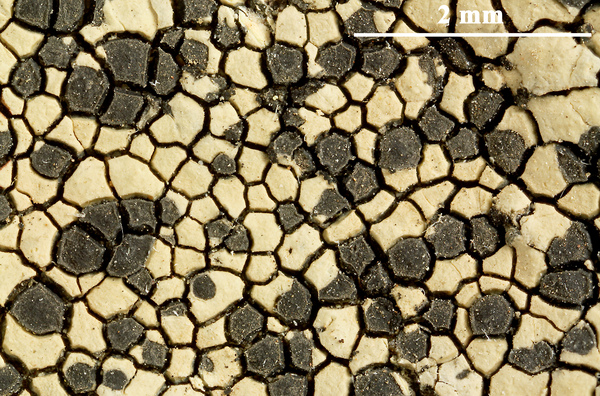

Felix Schumm; Owner: CC BY-SA 4.0
[TSB_12862], Italy, Tuscany, Prov. Livorno, Island of Capraia, 12 m, on tuff. Leg. P.L. Nimis, M. Tretiach & M. Castello, 04.1988, rev. Ch. Scheidegger 1989 as Buellia lactea


Felix Schumm - CC BY-SA 4.0
[TSB_12862], Italy, Tuscany, Prov. Livorno, Island of Capraia, 12 m, on tuff. Leg. P.L. Nimis, M. Tretiach & M. Castello, 04.1988, rev. Ch. Scheidegger 1989 as Buellia lactea
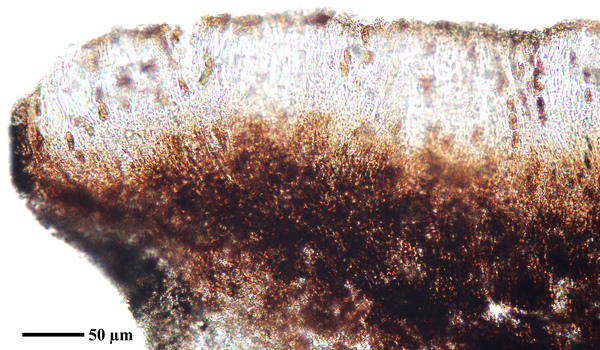

Felix Schumm - CC BY-SA 4.0
[TSB_12862], Italy, Tuscany, Prov. Livorno, Island of Capraia, 12 m, on tuff. Leg. P.L. Nimis, M. Tretiach & M. Castello, 04.1988, rev. Ch. Scheidegger 1989 as Buellia lactea
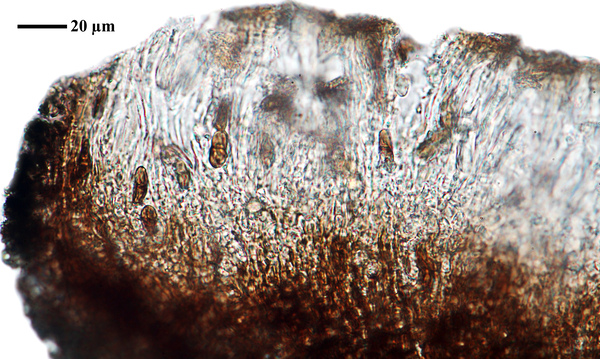

Felix Schumm - CC BY-SA 4.0
[TSB_12862], Italy, Tuscany, Prov. Livorno, Island of Capraia, 12 m, on tuff. Leg. P.L. Nimis, M. Tretiach & M. Castello, 04.1988, rev. Ch. Scheidegger 1989 as Buellia lactea
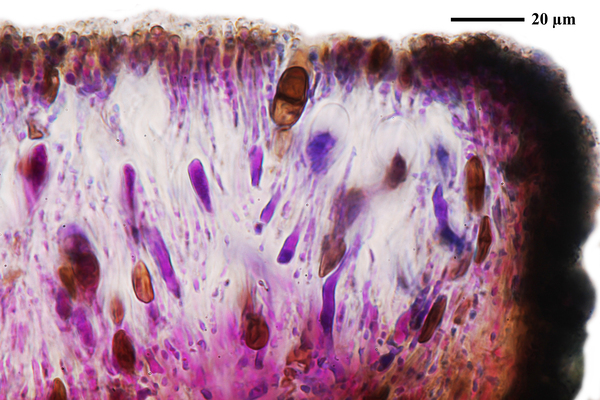

Felix Schumm - CC BY-SA 4.0
[TSB_12862], Italy, Tuscany, Prov. Livorno, Island of Capraia, 12 m, on tuff. Leg. P.L. Nimis, M. Tretiach & M. Castello, 04.1988, rev. Ch. Scheidegger 1989 as Buellia lactea
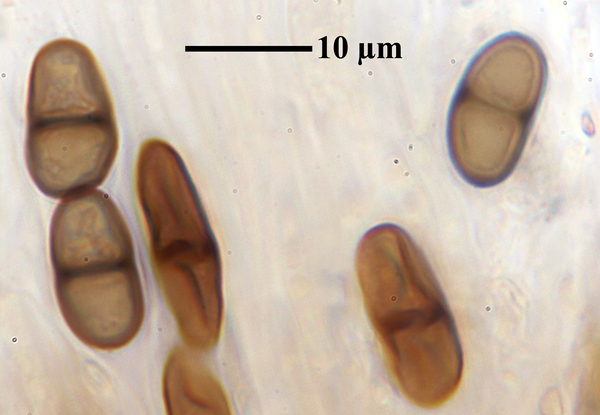

Felix Schumm - CC BY-SA 4.0
[TSB_12862], Italy, Tuscany, Prov. Livorno, Island of Capraia, 12 m, on tuff. Leg. P.L. Nimis, M. Tretiach & M. Castello, 04.1988, rev. Ch. Scheidegger 1989 as Buellia lactea
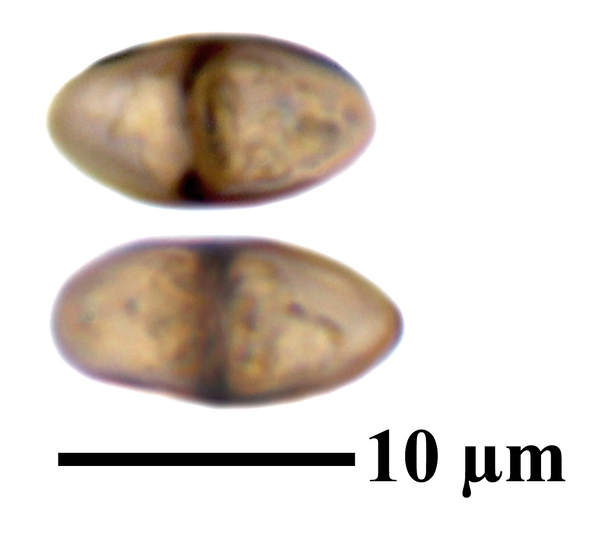

Felix Schumm - CC BY-SA 4.0
[TSB_12862], Italy, Tuscany, Prov. Livorno, Island of Capraia, 12 m, on tuff. Leg. P.L. Nimis, M. Tretiach & M. Castello, 04.1988, rev. Ch. Scheidegger 1989 as Buellia lactea
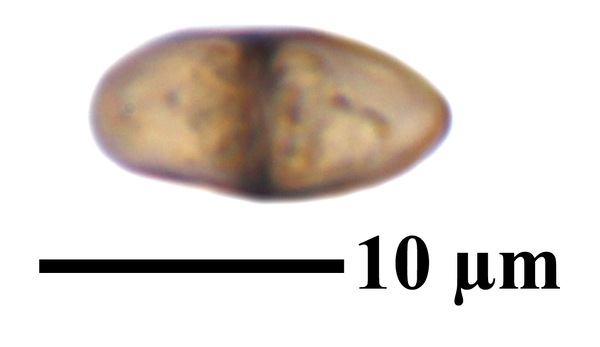

Felix Schumm - CC BY-SA 4.0
[TSB_12862], Italy, Tuscany, Prov. Livorno, Island of Capraia, 12 m, on tuff. Leg. P.L. Nimis, M. Tretiach & M. Castello, 04.1988, rev. Ch. Scheidegger 1989 as Buellia lactea
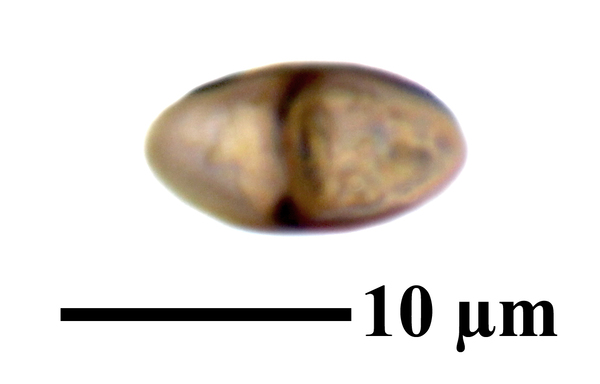

Felix Schumm - CC BY-SA 4.0
[TSB_12862], Italy, Tuscany, Prov. Livorno, Island of Capraia, 12 m, on tuff. Leg. P.L. Nimis, M. Tretiach & M. Castello, 04.1988, rev. Ch. Scheidegger 1989 as Buellia lactea
Growth form: Crustose
Substrata: rocks
Photobiont: green algae other than Trentepohlia
Reproductive strategy: mainly sexual
Commonnes-rarity: (info)
Alpine belt: absent
Subalpine belt: absent
Oromediterranean belt: absent
Montane belt: extremely rare
Submediterranean belt: very rare
Padanian area: absent
Humid submediterranean belt: rare
Humid mediterranean belt: extremely rare
Dry mediterranean belt: extremely rare

Predictive model
| Herbarium samples |


P.L. Nimis; Owner: Department of Life Sciences, University of Trieste
Herbarium: TSB (12862)
2001/11/01


P.L. Nimis; Owner: Department of Life Sciences, University of Trieste
Herbarium: TSB (12862)
2001/11/01


Felix Schumm; Owner: CC BY-SA 4.0
[TSB_12862], Italy, Tuscany, Prov. Livorno, Island of Capraia, 12 m, on tuff. Leg. P.L. Nimis, M. Tretiach & M. Castello, 04.1988, rev. Ch. Scheidegger 1989 as Buellia lactea


Felix Schumm; Owner: CC BY-SA 4.0
[TSB_12862], Italy, Tuscany, Prov. Livorno, Island of Capraia, 12 m, on tuff. Leg. P.L. Nimis, M. Tretiach & M. Castello, 04.1988, rev. Ch. Scheidegger 1989 as Buellia lactea


Felix Schumm; Owner: CC BY-SA 4.0
[TSB_12862], Italy, Tuscany, Prov. Livorno, Island of Capraia, 12 m, on tuff. Leg. P.L. Nimis, M. Tretiach & M. Castello, 04.1988, rev. Ch. Scheidegger 1989 as Buellia lactea


Felix Schumm - CC BY-SA 4.0
[TSB_12862], Italy, Tuscany, Prov. Livorno, Island of Capraia, 12 m, on tuff. Leg. P.L. Nimis, M. Tretiach & M. Castello, 04.1988, rev. Ch. Scheidegger 1989 as Buellia lactea


Felix Schumm - CC BY-SA 4.0
[TSB_12862], Italy, Tuscany, Prov. Livorno, Island of Capraia, 12 m, on tuff. Leg. P.L. Nimis, M. Tretiach & M. Castello, 04.1988, rev. Ch. Scheidegger 1989 as Buellia lactea


Felix Schumm - CC BY-SA 4.0
[TSB_12862], Italy, Tuscany, Prov. Livorno, Island of Capraia, 12 m, on tuff. Leg. P.L. Nimis, M. Tretiach & M. Castello, 04.1988, rev. Ch. Scheidegger 1989 as Buellia lactea


Felix Schumm - CC BY-SA 4.0
[TSB_12862], Italy, Tuscany, Prov. Livorno, Island of Capraia, 12 m, on tuff. Leg. P.L. Nimis, M. Tretiach & M. Castello, 04.1988, rev. Ch. Scheidegger 1989 as Buellia lactea


Felix Schumm - CC BY-SA 4.0
[TSB_12862], Italy, Tuscany, Prov. Livorno, Island of Capraia, 12 m, on tuff. Leg. P.L. Nimis, M. Tretiach & M. Castello, 04.1988, rev. Ch. Scheidegger 1989 as Buellia lactea


Felix Schumm - CC BY-SA 4.0
[TSB_12862], Italy, Tuscany, Prov. Livorno, Island of Capraia, 12 m, on tuff. Leg. P.L. Nimis, M. Tretiach & M. Castello, 04.1988, rev. Ch. Scheidegger 1989 as Buellia lactea


Felix Schumm - CC BY-SA 4.0
[TSB_12862], Italy, Tuscany, Prov. Livorno, Island of Capraia, 12 m, on tuff. Leg. P.L. Nimis, M. Tretiach & M. Castello, 04.1988, rev. Ch. Scheidegger 1989 as Buellia lactea


 INDEX FUNGORUM
INDEX FUNGORUM
 GBIF
GBIF
 DOLICHENS
DOLICHENS
